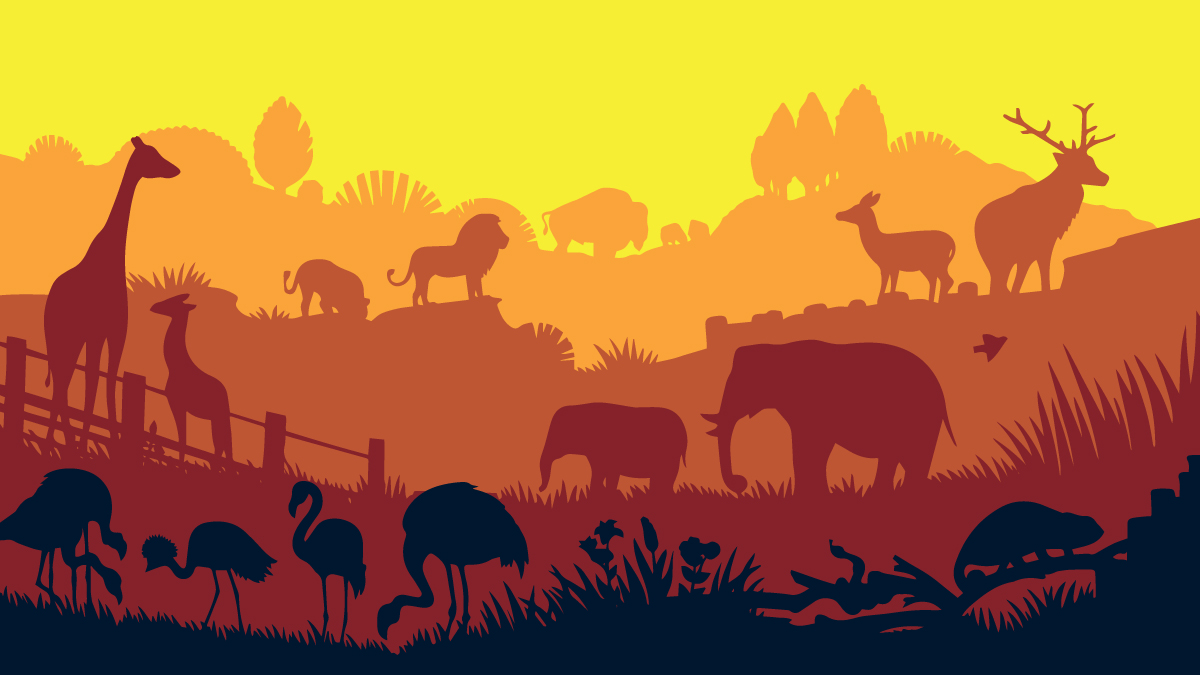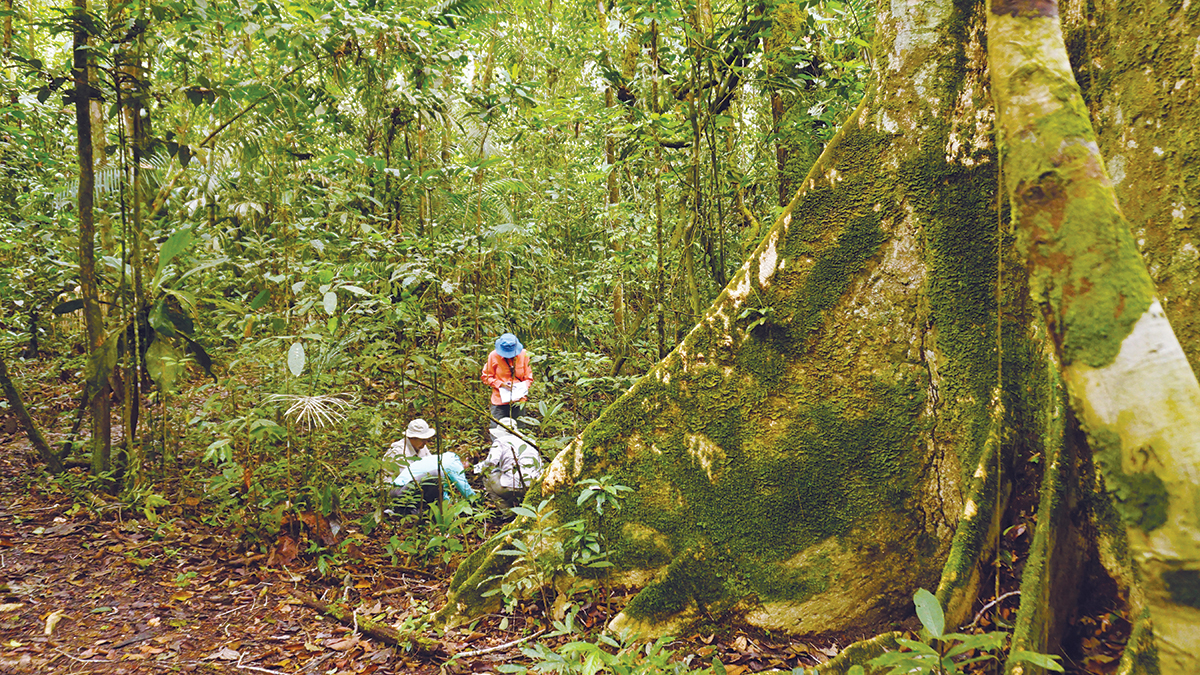Archive: Science Update: All About Weather, July 22, 2021
What causes weather on Earth? How do meteorologists create a weather forecast?
What causes weather on Earth? How do meteorologists create a weather forecast?
What causes weather on Earth? How do meteorologists create a weather forecast?
What causes weather on Earth? How do meteorologists create a weather forecast?








